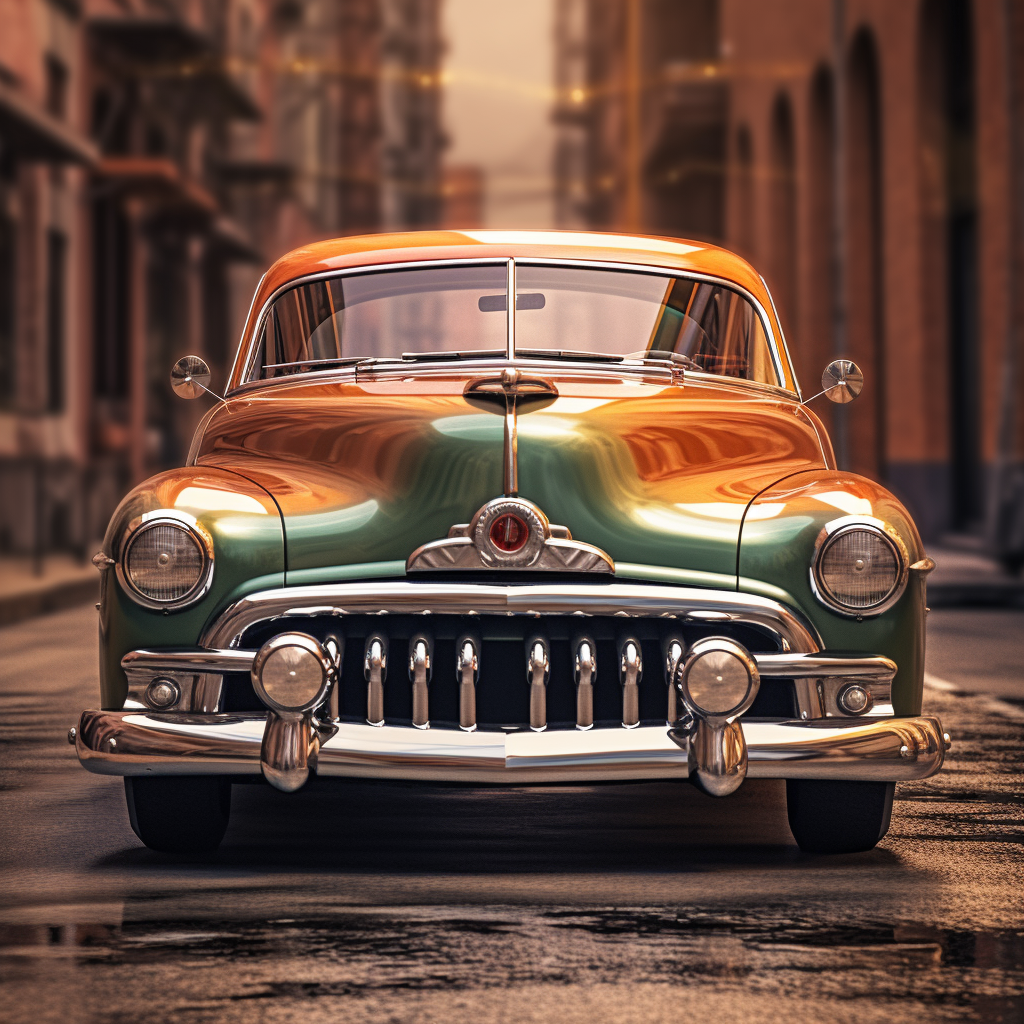10 Iconic Classic Cars and Their Stories
In the world of automobiles, classic cars have always stood out with a unique appeal. They represent not just the history of motoring but also societal changes, technological advances, and human creativity. This piece delves into the intriguing world of ten iconic classic cars and the fascinating stories they carry.
1. Ford Model T (1908-1927)
No list of classic cars can begin without acknowledging the Ford Model T. Also known as the ‘Tin Lizzie,’ this iconic car democratized the automobile in a way never seen before. The Model T was the first mass-produced car that was affordable for the average American, thanks to Henry Ford’s revolutionary assembly line production method.
Powered by a 20-horsepower, four-cylinder engine, it was simple, reliable, and versatile, known for its ability to traverse the poor roads of the era. By the end of production in 1927, over 15 million Model Ts had been manufactured, a record that stood for over 45 years.
2. Chevrolet Corvette (1953-present)
The Chevrolet Corvette, fondly referred to as ‘America’s Sports Car,’ was introduced in 1953. Its design and performance have evolved over seven generations, but it’s the first-generation model, produced from 1953 to 1962, that is the most iconic.
The early Corvettes stood out with their sleek fiberglass bodies and a range of straight-six and small-block V8 engines. While the first Corvette was a stylish but underpowered convertible, it soon matured into a legitimate performance car, marking the beginning of the Corvette’s long and storied legacy in American sports car history.
3. Volkswagen Beetle (1938-2003)
Conceived in Germany in the 1930s, the Volkswagen Beetle went on to become one of the best-selling cars of all time. Designed to be an affordable and practical car for German families, it was simple, durable, and fuel-efficient.
The Beetle’s iconic round shape, air-cooled rear-engine design, and reliability made it a global success, selling over 21 million units. In the U.S, it became a symbol of the counterculture movement in the 1960s, forever embedding it into the fabric of American pop culture.
4. Jaguar E-Type (1961-1975)
The Jaguar E-Type, also known as the XK-E, is a British sports car that was manufactured by Jaguar Cars Ltd between 1961 and 1975. Lauded as “the most beautiful car ever made” by Enzo Ferrari, it combined sleek design, high performance, and a relatively low price.
With its long, curvaceous bonnet, the E-Type became an icon of 1960s motoring. Available in both coupe and convertible models, it boasted a top speed of nearly 150 mph, a considerable feat at that time. It was not only a success on the road but also on the racing circuit.
5. Ford Mustang (1964-present)
The Ford Mustang, introduced in 1964, quickly became a symbol of American freedom and youth. Its stylish design, affordable price, and options for customization made it an instant hit, creating an entirely new class of cars known as ‘pony cars.’
The Mustang’s debut in the James Bond film “Goldfinger” and its role in “Bullitt,” featuring an unforgettable car chase with Steve McQueen, helped cement its place in automotive and pop culture history. Whether it’s a first-generation convertible or a modern high-performance Shelby GT, the Mustang remains an enduring symbol of American muscle.
6. Aston Martin DB5 (1963-1965)
The Aston Martin DB5
is one of the most famous cars in the world, thanks to its association with James Bond. First appearing in the 1964 film “Goldfinger,” the DB5 was dubbed ‘the most famous car in the world.’
The DB5 was not just a film icon, though. With its elegant design, luxurious interior, and 282-horsepower engine, it was a desirable grand tourer in its own right. It epitomized British automotive luxury, combining style, speed, and refinement.
7. Mercedes-Benz 300SL (1954-1963)
Known for its distinctive gull-wing doors, the Mercedes-Benz 300SL was an ahead-of-its-time sports car that originated from a successful racing model. The 300SL was the fastest production car of its day, with a top speed of over 160 mph.
The 300SL was also the first car to feature direct fuel injection, significantly enhancing its engine performance. Today, the 300SL is highly coveted by collectors due to its rarity, historical significance, and innovative design.
8. Porsche 911 (1964-present)
The Porsche 911 is a unique blend of design continuity and continuous innovation. Since its debut in 1964, the 911’s silhouette has remained remarkably consistent, yet every generation has brought significant technological and performance improvements.
The 911’s rear-engine layout, timeless design, and sporting pedigree have made it an icon in the world of sports cars. It’s equally at home on the racetrack as it is on city streets or mountain roads, demonstrating its versatility and appeal.
9. Rolls-Royce Silver Ghost (1907-1926)
The Rolls-Royce Silver Ghost is an icon of luxury automobiles. Introduced in 1907, it was named the ‘best car in the world’ for its smooth ride, quiet operation, and unparalleled quality. Each Silver Ghost was handcrafted, reflecting the meticulous attention to detail for which Rolls-Royce is still known.
The Silver Ghost established Rolls-Royce’s reputation for building luxurious, reliable, and high-quality cars, setting a high standard for the automotive industry.
10. Ferrari 250 GTO (1962-1964)
The Ferrari 250 GTO is a legendary car that combined stunning design, advanced engineering, and impressive racing pedigree. Only 36 were made, and today they are among the world’s most expensive collector cars.
The 250 GTO dominated the racing world in the early 1960s, winning the over 2-litre class of the International Championship for GT Manufacturers in 1962, 1963, and 1964. It’s remembered as one of the greatest Ferraris ever built, and it symbolizes the golden age of analogue sports cars.
From democratizing personal transportation to defining luxury, sportiness, or counter-culture, each of these classic cars has a unique story to tell. They are icons that echo the past and continue to inspire the present, reminding us of the richness and diversity of automotive history.

Leave a Reply